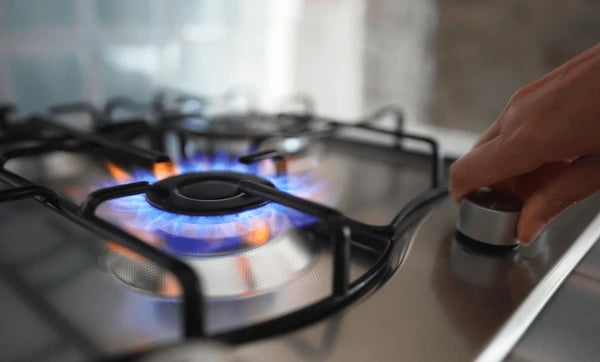In the dynamic world of kitchen appliances, the battle between ceramic and induction hobs has been ongoing, each vying for a prominent place in modern kitchens. These two cooking technologies, though similar in appearance, operate on different principles, bringing unique features and advantages to the table. In this article, we will explore the characteristics of ceramic and induction hobs, helping you make an informed decision based on your culinary preferences and lifestyle.
Ceramic Hobs:
Ceramic hobs have been a popular choice for many years, offering a sleek and stylish appearance that complements modern kitchen designs. These hobs feature a smooth glass surface with heating elements beneath. When turned on, the elements heat up the ceramic surface, which, in turn, transfers heat to the cookware.
Pros of Ceramic Hobs:
1. Aesthetics: Ceramic hobs provide a seamless and elegant look, enhancing the overall aesthetic appeal of your kitchen.
2. Affordability: Generally, ceramic hobs are more budget-friendly compared to their induction counterparts, making them a popular choice for cost-conscious consumers.
3. Ease of Cleaning: The smooth glass surface is easy to clean, requiring a simple wipe-down after use. Spills and splatters are less likely to stick to the surface.
Cons of Ceramic Hobs:
1. Slow Heating: Ceramic hobs may take longer to reach the desired temperature compared to induction hobs, impacting cooking efficiency.
2. Energy Efficiency: While they are more energy-efficient than traditional electric hobs, they are still less efficient than induction hobs, as a portion of the heat is lost in the process.
Induction Hobs:
Induction hobs represent a more recent advancement in cooking technology. Instead of relying on radiant heat like ceramic hobs, induction hobs use electromagnetic fields to directly heat the cookware, making them more energy-efficient.
Pros of Induction Hobs:
1. Rapid Heating: Induction hobs heat up quickly, providing instant and precise temperature control. This feature is especially valuable for those who need to adjust cooking temperatures rapidly.
2. Energy Efficiency: Induction technology is highly efficient, as it heats the cookware directly without wasting energy on heating the hob surface. This results in faster cooking times and reduced energy consumption.
3. Safety: Induction hobs remain cool to the touch, as they only heat the cookware. This feature reduces the risk of burns and makes them a safer option for households with children.
Cons of Induction Hobs:
1. Cost: Induction hobs are typically more expensive upfront compared to ceramic hobs. However, their energy efficiency may offset the initial investment in the long run.
2. Cookware Compatibility: Induction hobs require cookware with a magnetic base. If your existing cookware is not compatible, you may need to invest in new pots and pans.
Conclusion:
When comparing ceramic and induction hobs, the choice ultimately depends on your specific needs and preferences. If you prioritize aesthetics, affordability, and a sleek design, ceramic hobs might be the ideal choice for your kitchen. On the other hand, if you seek rapid heating, energy efficiency, and enhanced safety features, induction hobs could be the perfect fit. Consider your cooking style, budget, and long-term energy consumption goals when making this important decision for your kitchen.
Ceramic vs Induction Hobs: The Unbiased Comparison


